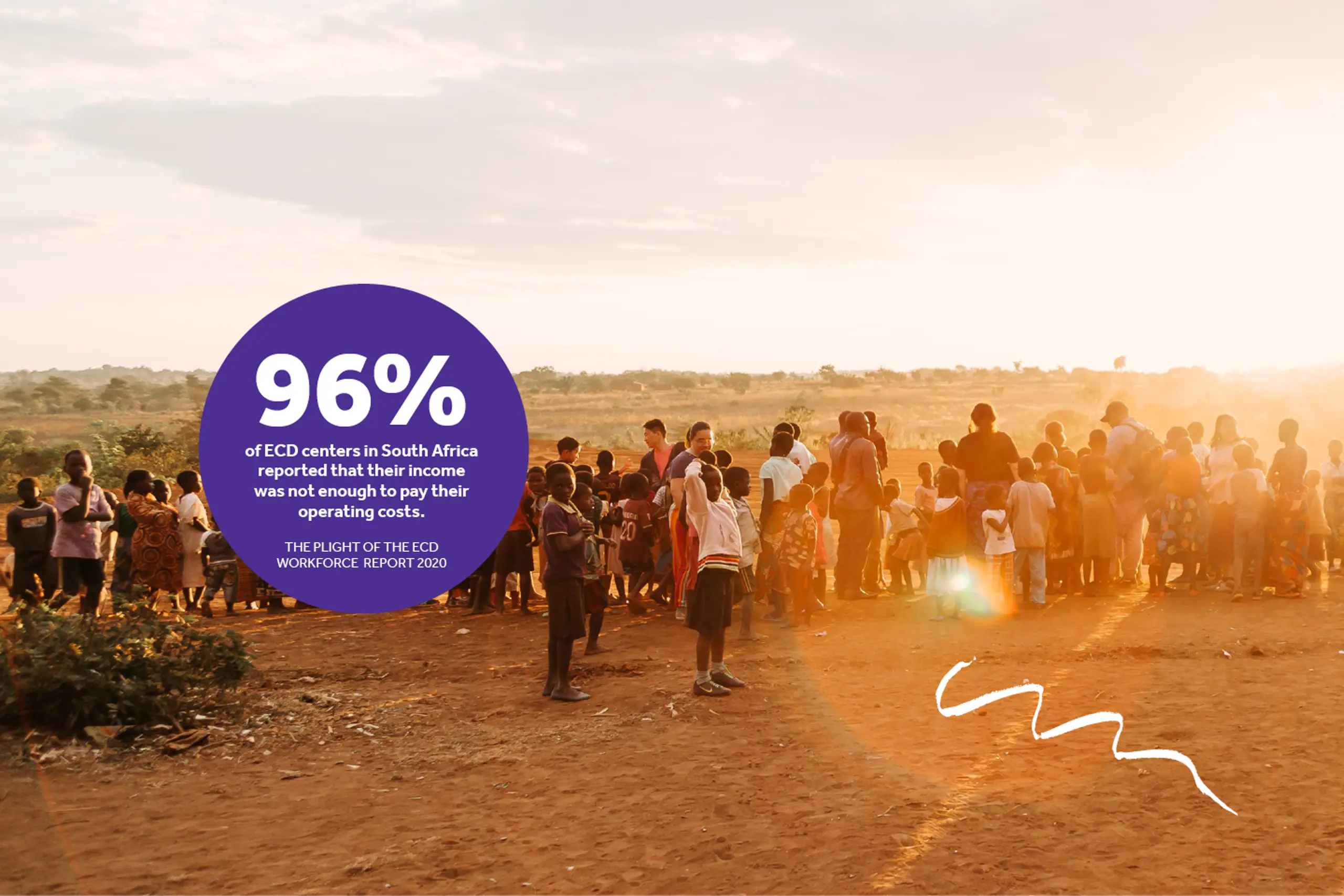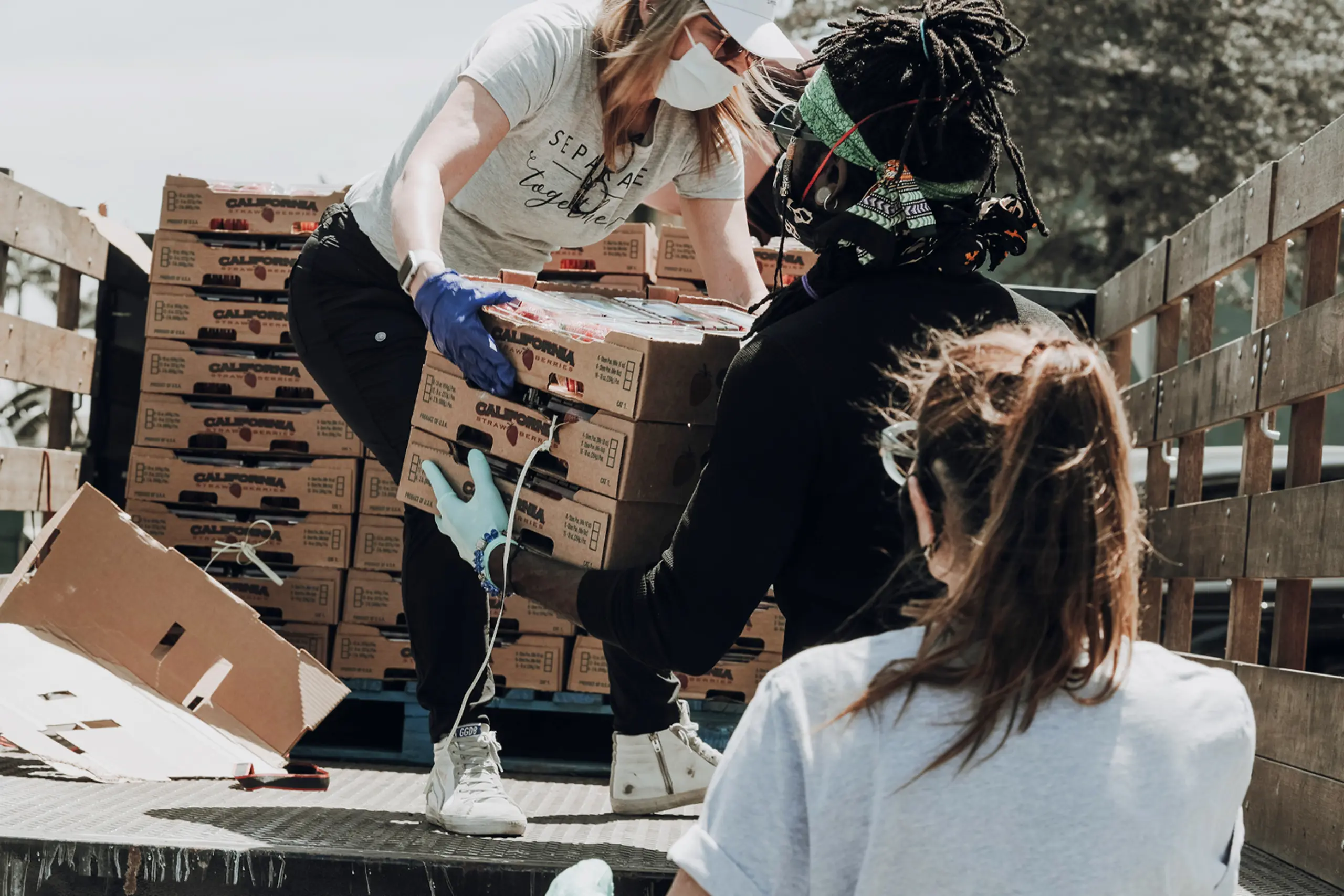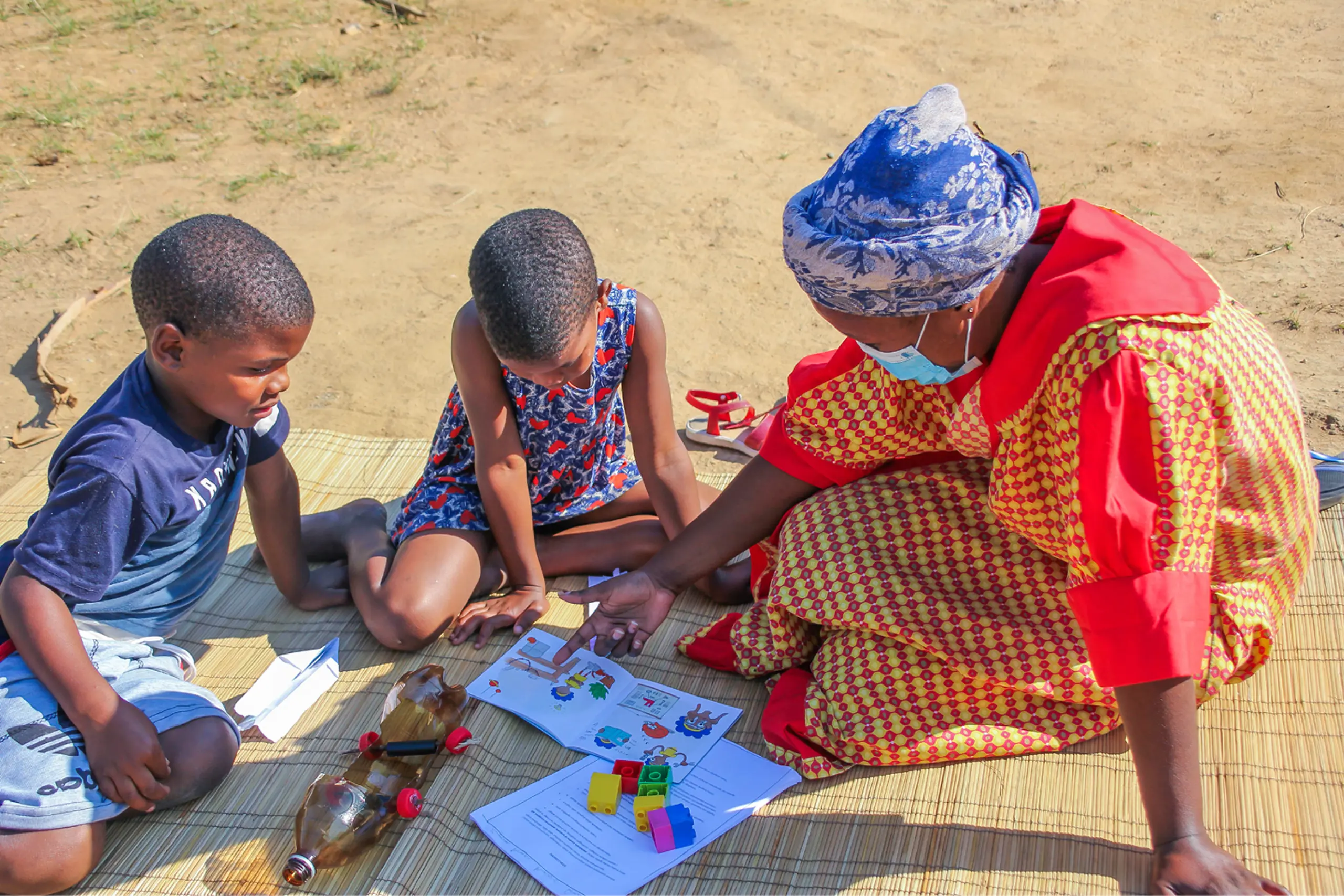Without school, children lost access to the materials they would learn and play with while many families focussed on more immediate struggles, like income, food and housing. Amidst nationwide lockdowns and strict curfews teachers could only attempt to reach these children from a distance with the help of technology.
The solutions partners experimented with were engineered purely to overcome each obstacle uncovered. For those with online access social media proved to be a widely-utilised tool, with.
But children were sat on both sides of the digital divide. It wasn’t a new problem - it’s one we’ve struggled with for decades. And those “hard-to-reach” learners were no longer the exception to the rule, but the rule itself. Lack of access to the internet or hardware couldn’t be the reason to leave learners behind anymore.
In reality, many of our “innovations” used simple strategies or lower fidelity technologies like radio or DVDs. We went back to basics, and the results were incredible.



